He was ennobled as a baron in 1929 by King Albert I. Discovered in 1883 by Léon Frederic on the occasion of the marriage of a cousin to the former village teacher, the village of Nafraiture and the Ardennes undoubtedly caught the attention of the painter. Every year, for forty years, the artist stayed with the farmers, staying with Philomène Poncelet, the village shopkeeper. His rural daily life inspires his main works exhibited in artistic fairs throughout Europe. It will be possible to observe that this interest in the rural world, far from being isolated, is shared by a good number of artists on the European scene, from the famous Paul Gauguin to the more discreet Georges Lebrun. Léon Frederic's journey in the Ardennes proves to be as sincere as it is thoughtful, resembling a clear positioning of the artist in the artistic field. Léon Frédéric: Landscaper, painter of allegories, religious and social subjects. On August 26, 1856, Léon Frédéric was born in Ghent. He was the son of a master jeweler who introduced him very early to the art of drawing and painting. At fifteen, he was apprenticed to Charle-Albert, a renowned painter-decorator. The teenager is then entrusted to Jules Van Keirsbilck with whom Frédéric trains his eye and strengthens his hand. He attended evening classes at the Royal Academy of Fine Arts in Brussels for seven years. During this time, he frequented the workshop of Jean-François Portaels. In 1875, he joined forces with young painters to rent a studio where they could study live models. From 1876 to 1878, he prepared for the Prix de Rome but failed in the eliminatory test. Nevertheless, his father offers him enough money to travel to Italy for a whole year. He then made a long trip in the company of the sculptor Julien Dillens to Venice, Florence, Naples, Rome. He also visited England, Germany and the Netherlands. The travels oriented his career in a decisive way: the influence of the Italian primitives then combined with that of their English imitators, the Pre-Raphaelites, and of Edward Burne-Jones in particular. The same year, he exhibited for the first time at the Brussels Salon and made his debut within the Essor group, which brought together supporters of realism. In 1882, Léon Frédéric discovered the inspiring work of the French naturalist painter Jules Bastien Lepage. His art is the bizarre alliance of a mannered naturalism and the naivety and luxuriance of the Quattrocento and the Flemish Primitives, often executed in the form of triptychs. Frédéric's paintings frequently take the form of esoteric allegories. It is the poetry of misery, of resignation, of silent duty, of courage. If the themes of his painting are sometimes those of the French realists, his manner differs considerably: unusual lighting, harsh and discordant colors, meticulous drawing where the modeling is accentuated to the point of unusualness, busy compositions contribute to the opposite, to “derealize” his painting. These works are enough to classify him as one of the masters of the Belgian symbolist movement. They also announce certain surrealist themes. In 1883, he accompanied his cousin to the Ardennes, to Nafraiture. Inspired by the region, he settled there for more than twenty years and reached the peak of his art by mixing idealism with reality. He is hailed as a painter brimming with promise with his painting The Chalk Merchants, a triptych uniting modernism with the genius of the primitive Masters. At the Salon of 1877, Léon Frédéric exhibited his polyptych The Ages of the Peasant, which caused general astonishment among critics and the public; its bold and revolutionary conception opens the door to a new trend in Belgian painting. In 1899, he moved to Schaerbeek and participated in numerous international fairs and exhibitions as well as Idealist Art fairs. This is in no way incompatible with his social concerns: on the contrary, Frédéric's work is entirely characteristic of this utopian symbolism whose unrealism is only a form of protest against the state of contemporary society and a call for a better future. This is how we must interpret his great allegories, with their revealing titles: The people, one day, will see the sun or The Ages of the Worker. What is affirmed in the various works of Léon Frédéric is the sympathy he feels for the unfortunate, the disinherited by fate, the needy fighting against poverty, doomed to an obscure, undeserved, and therefore unjust, destiny. But if the red flag flies in the second of these paintings, Frédéric often prefers to take refuge in the more reassuring theme of motherhood or consoling nature. Nature is omnipresent in the production of this artist, both in his landscapes, in his social works, where he realistically depicts the life of the peasants of Flanders or the workers of the Ardennes, and in his allegorical canvases. A humanitarian ideal, close to anarchism, characterizes his compositions with a social message. From 1890, marked by symbolism, he produced several large works with a still naturalistic style. In 1904, he was named a member of the Royal Academy of Belgium. Raised to the rank of baron by King Albert I in 1929, simultaneously with James Ensor, Frédéric is known as one of the major painters of symbolism in Belgium. His technique results from a long apprenticeship with Belgian painters such as Portaels or Van Keirsbilck, but also from the observation of the great masters of Italian painting such as Michelangelo. Léon Frédéric died on January 25, 1940, at the age of 83. These stays in the Ardennes were more of an extended retreat, or rather an artistic retreat allowing him to accumulate studies, sketches and sources of inspiration for the works created in the studio once he returned to the city.


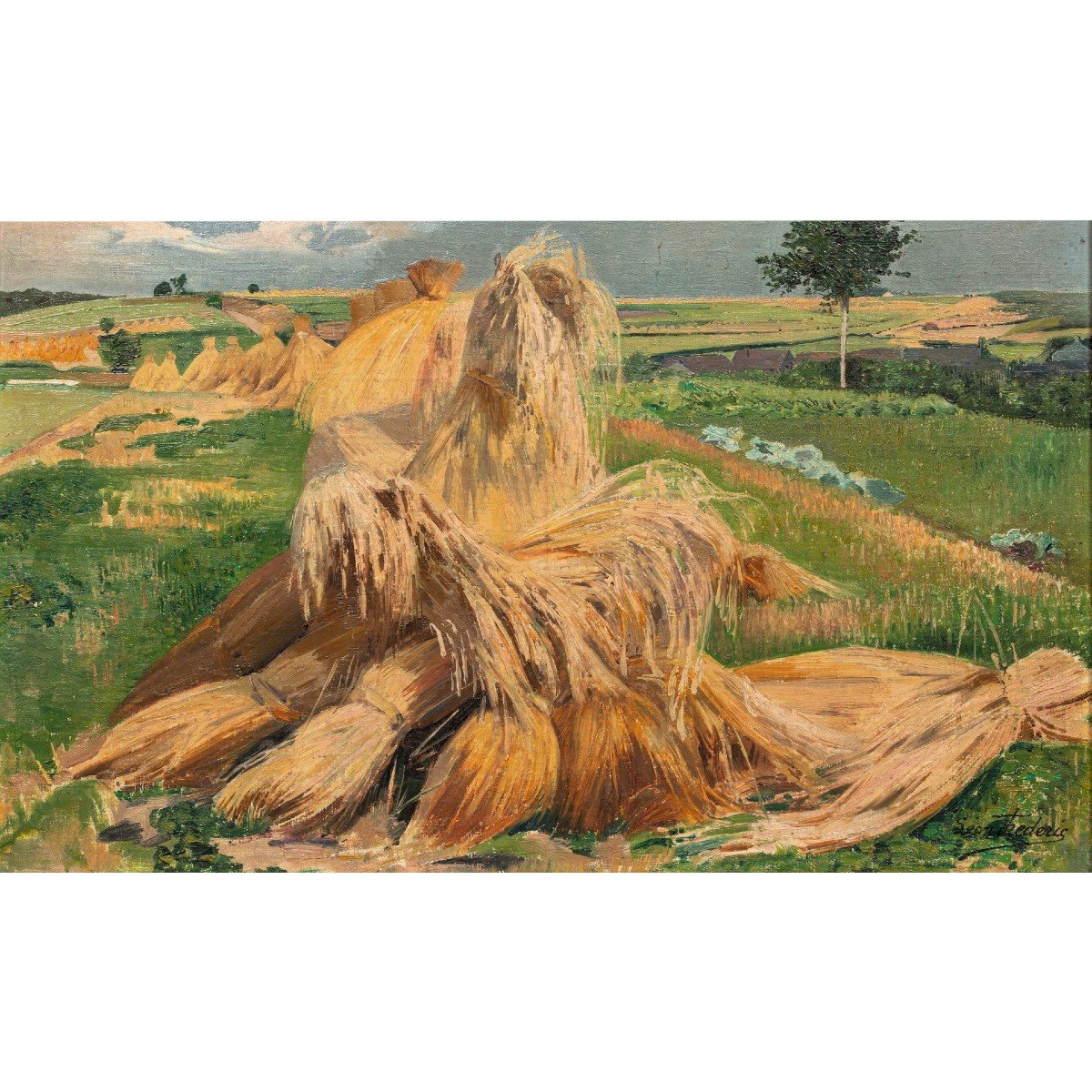

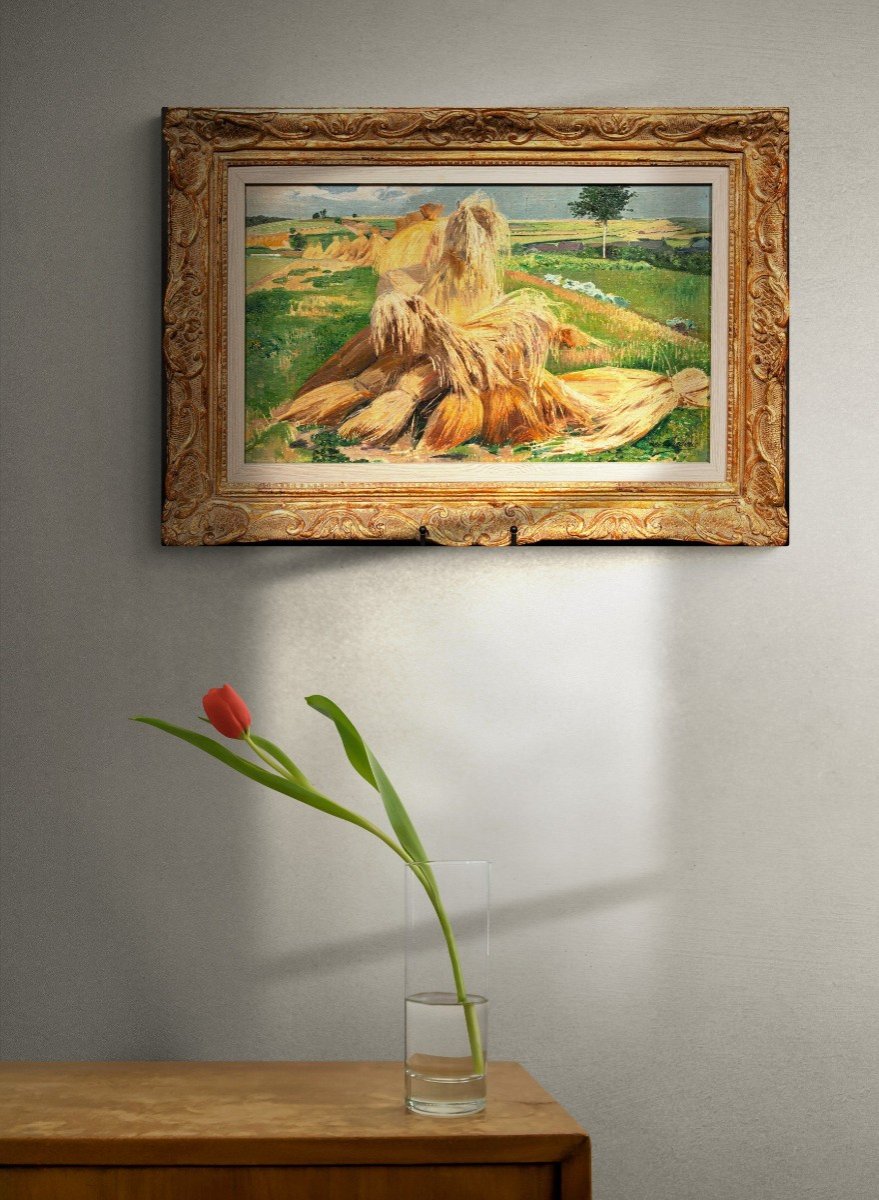

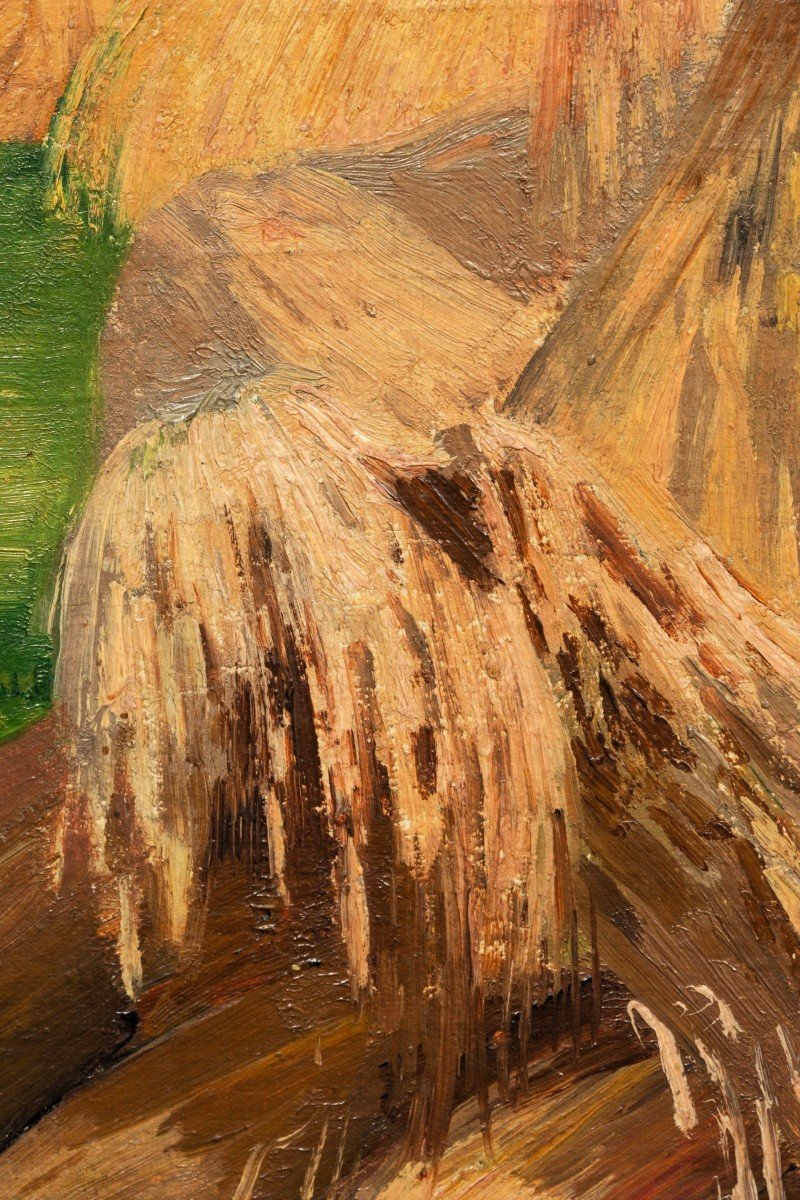
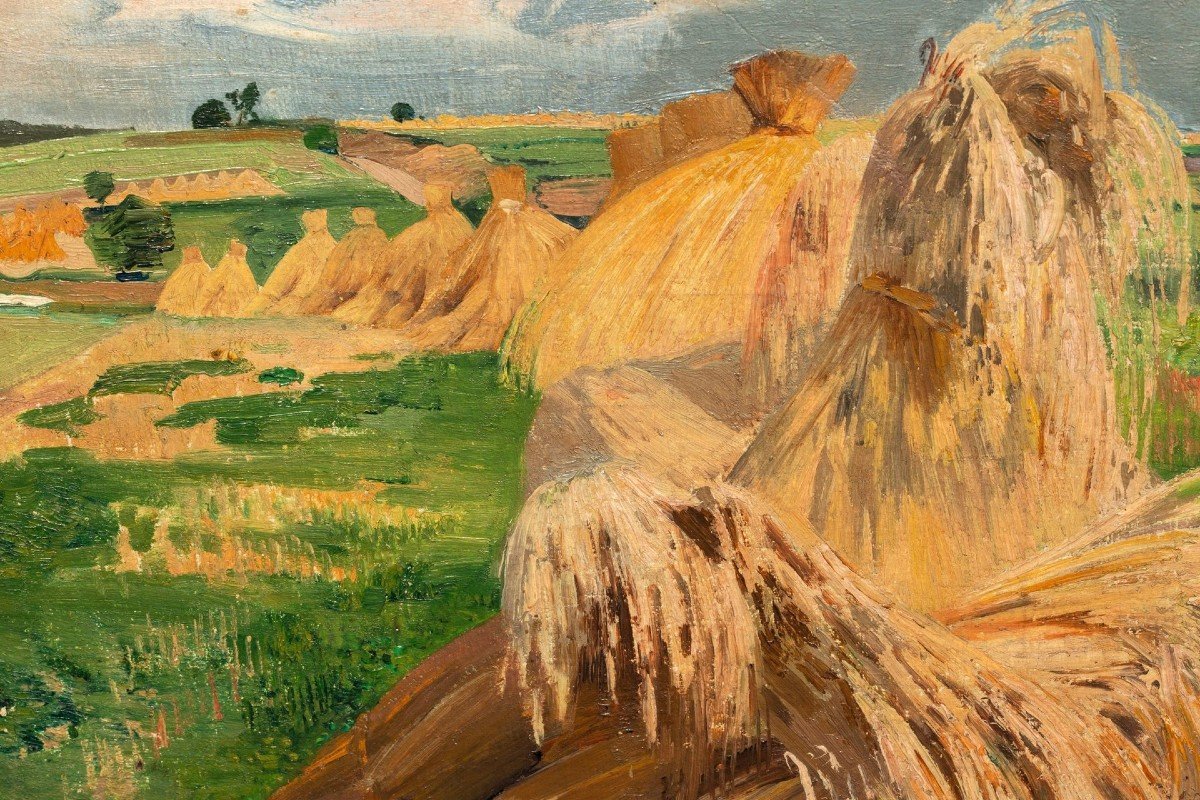
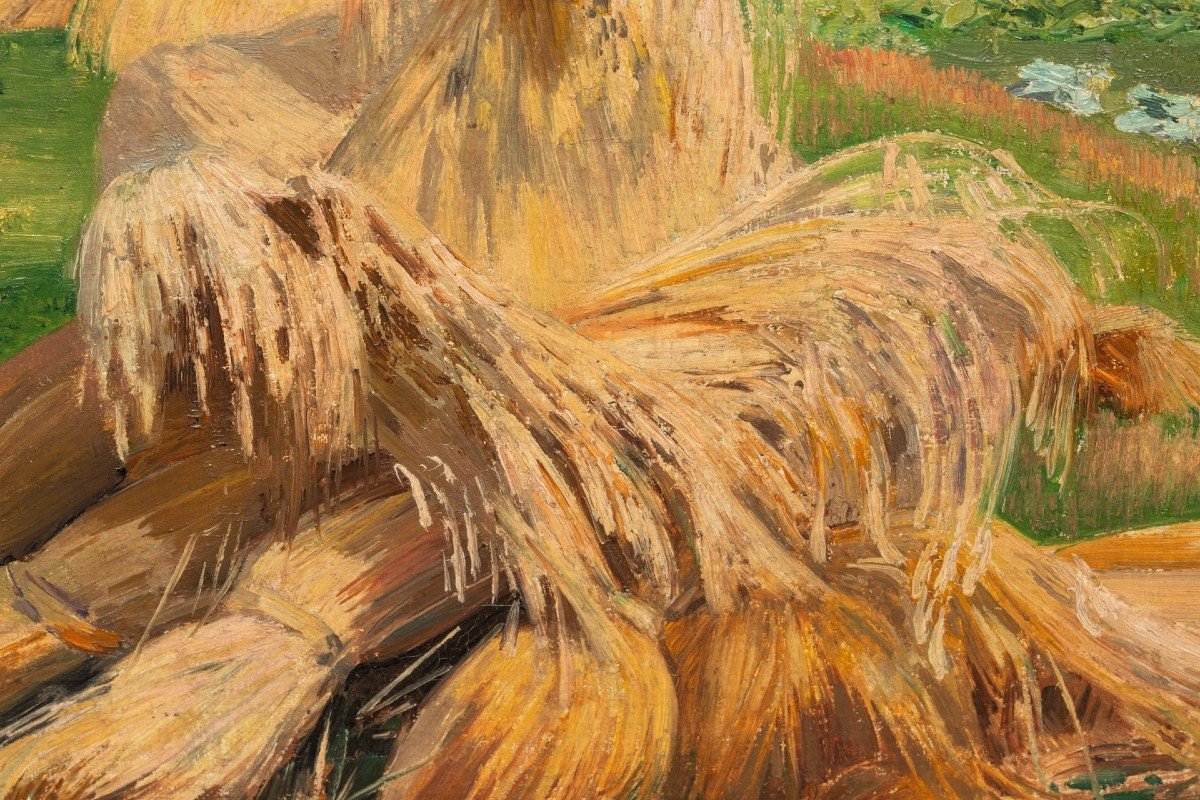
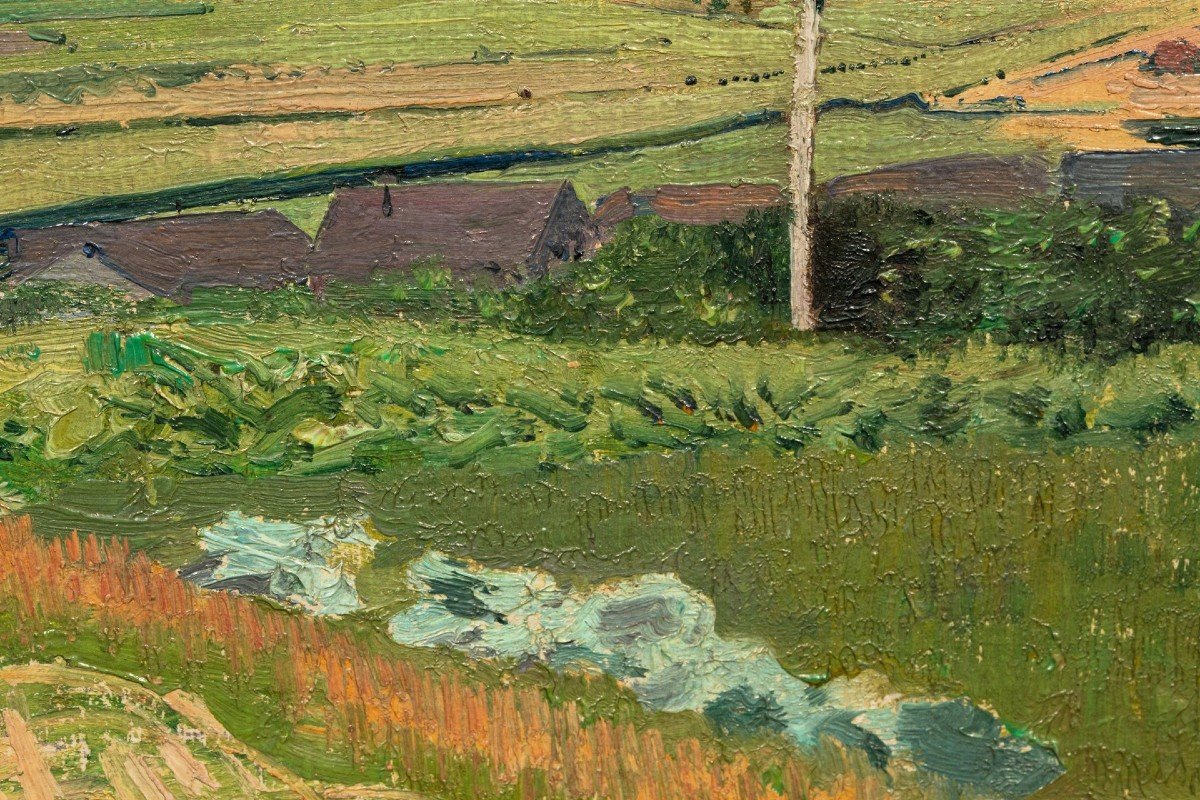
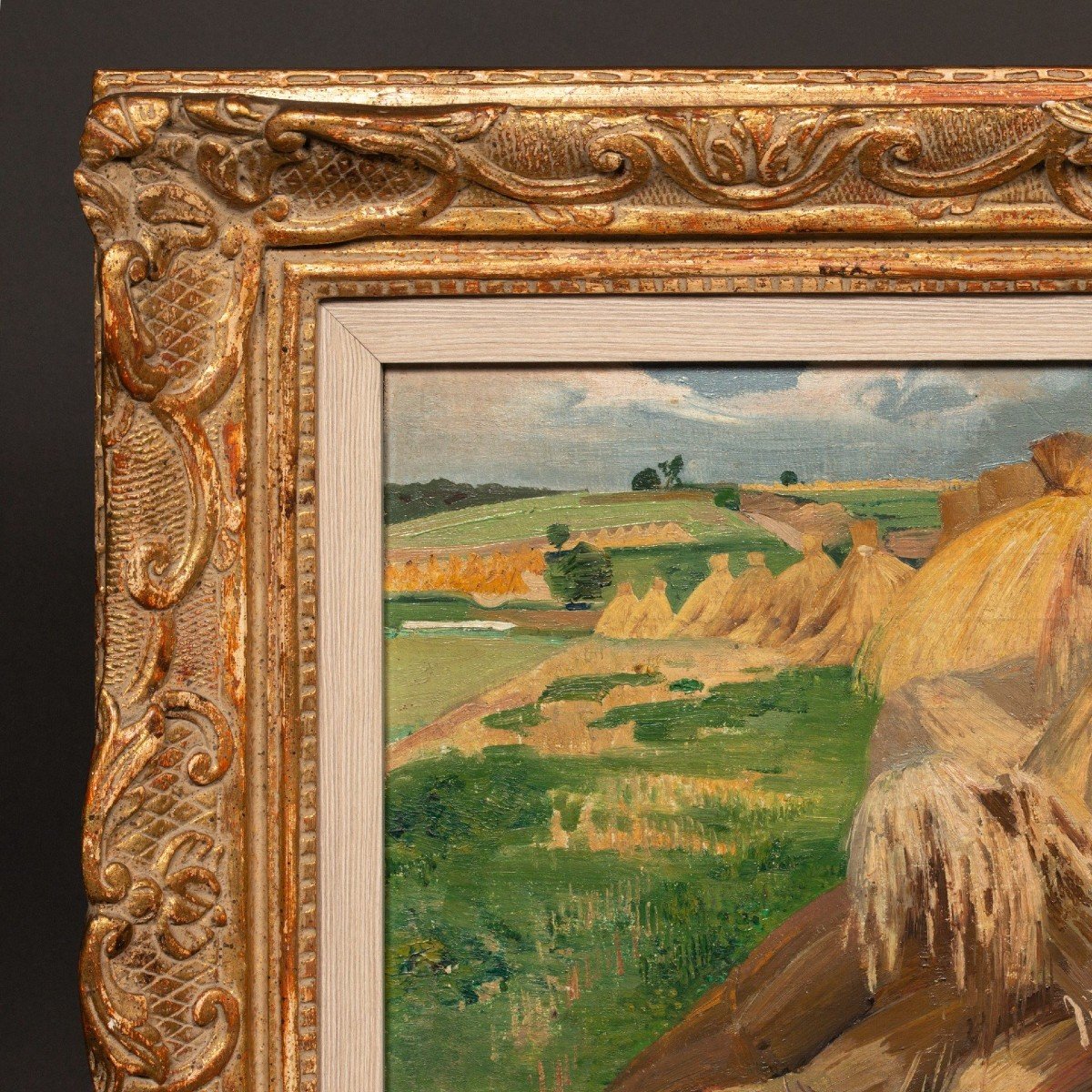
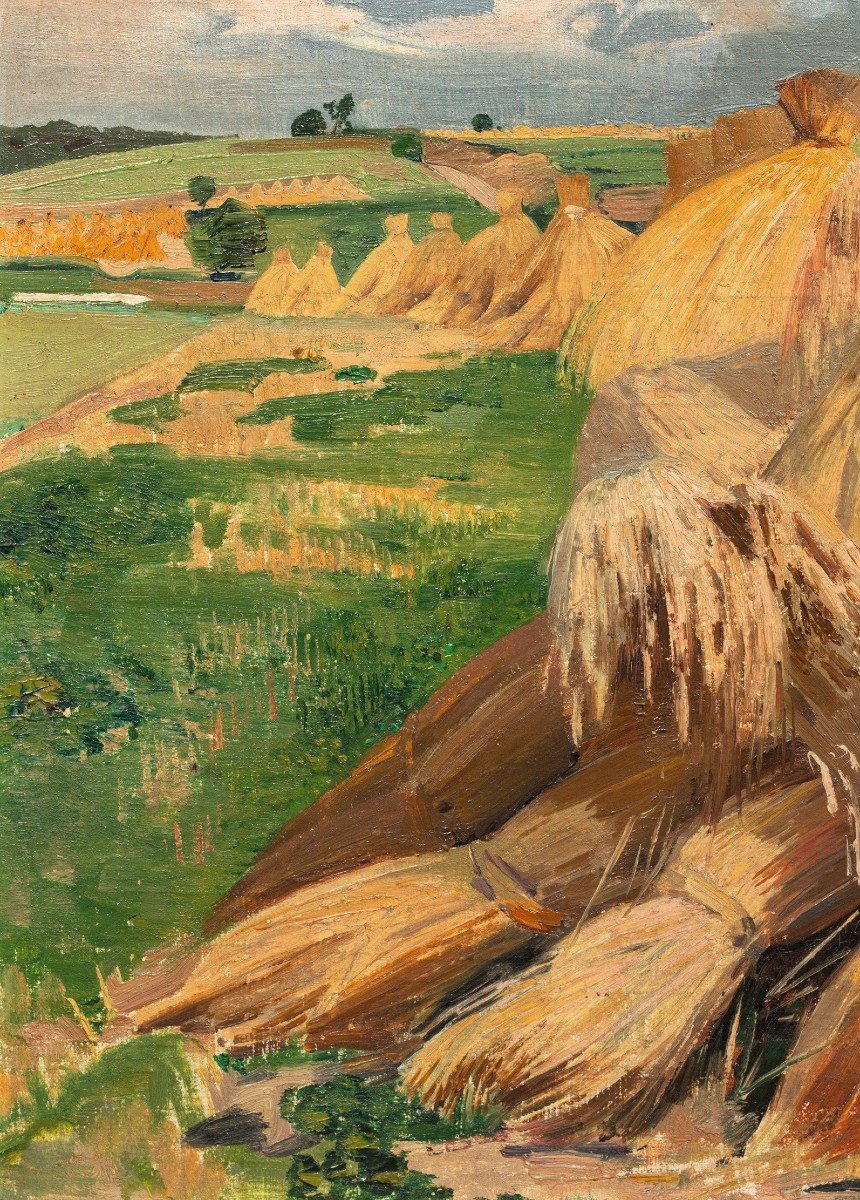
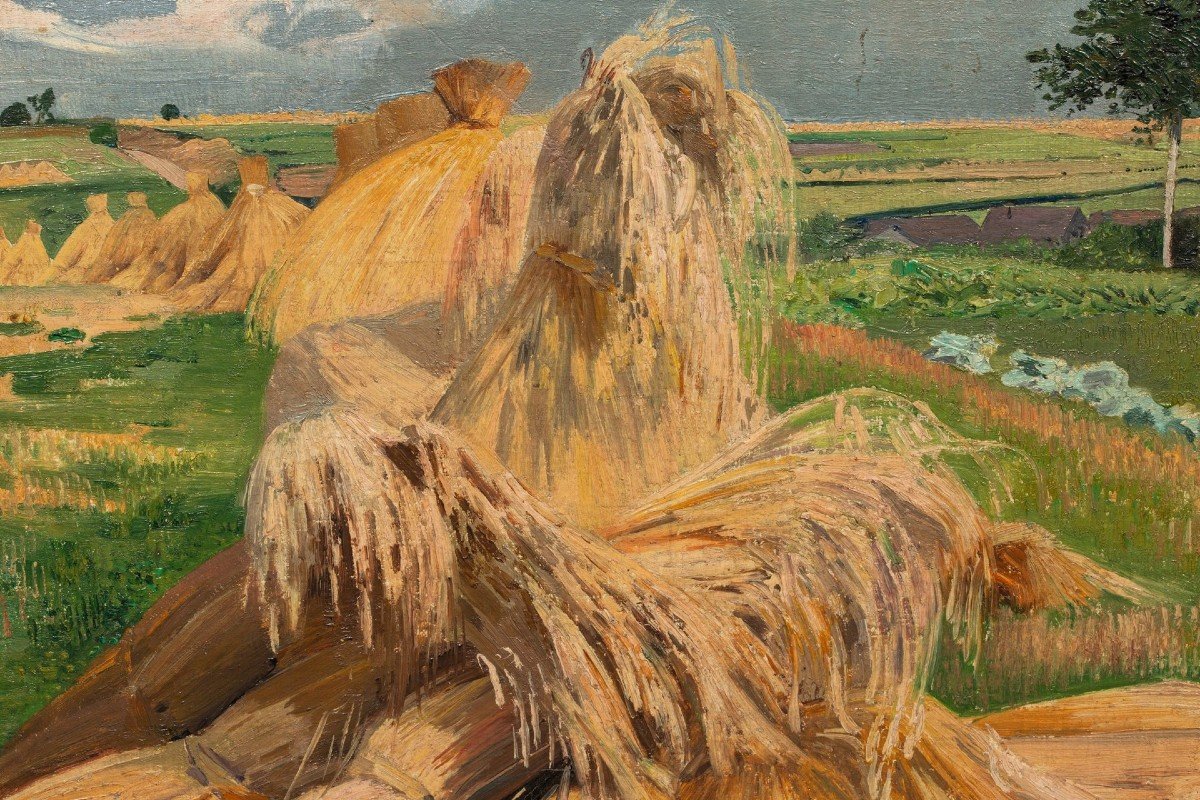
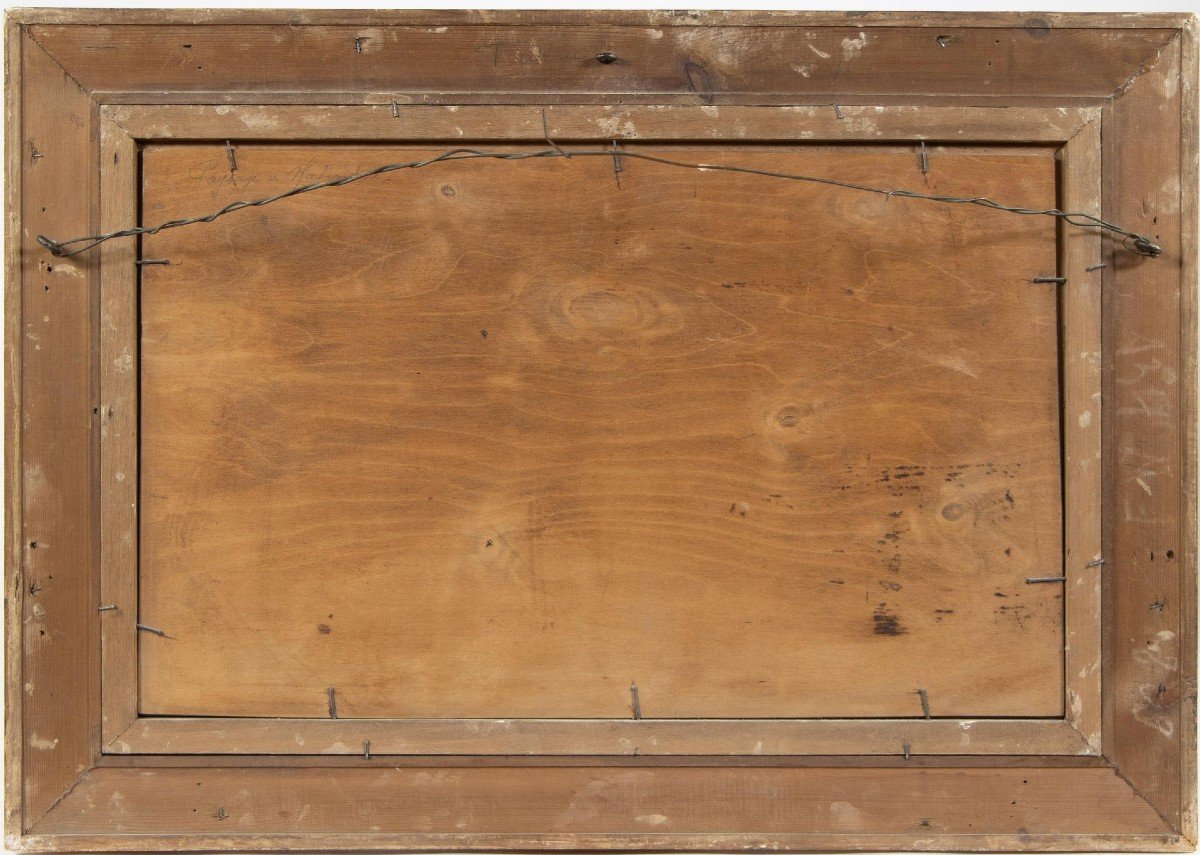

















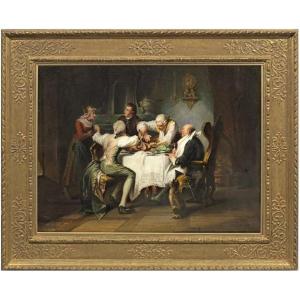








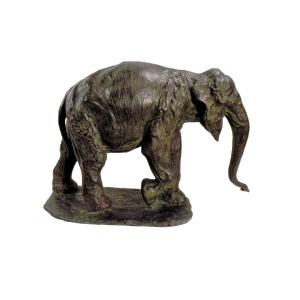
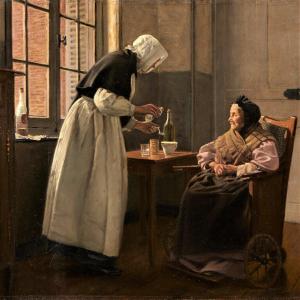

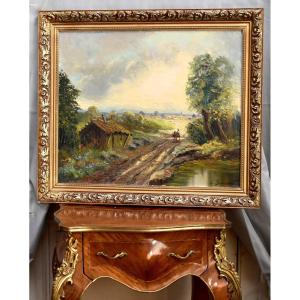

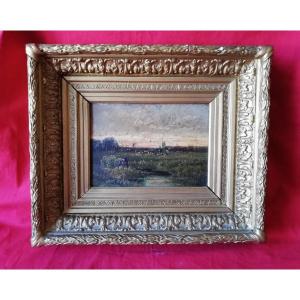




 Le Magazine de PROANTIC
Le Magazine de PROANTIC TRÉSORS Magazine
TRÉSORS Magazine Rivista Artiquariato
Rivista Artiquariato